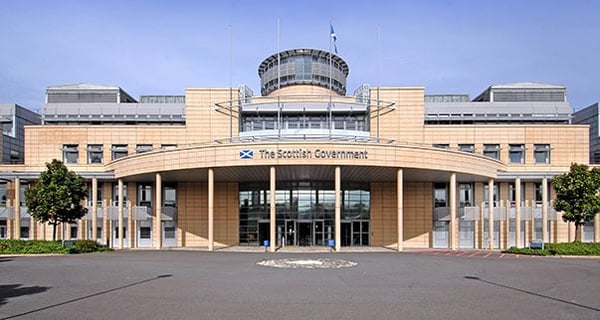Opinion: ERP trends in the public sector
There have been several key factors impacting the UK public sector Enterprise Resource Planning (ERP) market. The first of these has been a policy driver from the Government Digital Service known as Cloud First.
Now over a decade old, it has shaped many decisions and strategies in public sector organisations, and ERPs have not been immune. Some have chosen to move their on-premise systems to cloud hosting solutions, while others have made the transition to full software as a service, or SaaS ERP.
Both options have merit and the choice will depend on the needs of the organisation. The software as service (SaaS) option is more radical and more expensive to implement, but should provide the opportunity for greater benefits. These will mainly be through business transformation, as technology costs may not reduce.
Another driver for moving to the cloud is the impact on headcount. In recent years central government departments have seen pressure to reduce the size of the Civil Service. Regardless of politics, reducing the proportion of civil servants employed in non public-facing roles should be a good thing. Moving to cloud hosting reduces the need for staff to manage hardware, while moving to SaaS can save even more.
The market itself is accelerating this trend. SAP have called time on their ECC6 platform, forcing customers to switch, hopefully to S/4 HANA. Unit 4 have done the same. Workday has always been a SaaS offering. Oracle, while promising to support their E-Business Suite ERP for at least the next decade, are clearly investing more in their SaaS offering.
SaaS platforms are able to deploy new functionality more rapidly, and this has allowed the ERP vendors to roll out new Generative AI features. It’s early days, but clearly there will be keen interest from public sector leaders in adopting these features if they can make their workforces more effective and more efficient.
Another trend that has been around for some time is that of shared services. The theory is very simple: organisations share a single service and aim to deliver it cheaper through efficiencies of scale. ERPs are particularly good opportunities, again in theory, because of the large overhead in maintaining the platform. Sharing a single platform between two or more organisations can deliver immediate savings.
The challenges arise through cultural differences between organisations and different business needs.
There has been some work recently to try and address the latter, at least in central government and the NHS. The NHS have had common data standards for some time and central government has now published it’s own. This removes a technical barrier, while the updated global functional processes should make it easier for organisations to come together on a single system.
Cultural differences are much harder to address and will continue to be a challenge for organisations wanting to collaborate. Each department and arms length body is established to deliver a unique service for the country. However, that doesn’t necessarily mean that they need a unique back office.
Paying staff, paying suppliers, etc. should be largely the same regardless of what those staff and suppliers are doing. We should consider these services as utilities, like water and electricity. Organisations don’t design unique electric sockets, they use standard ones. Public sector organisations should be adopting standard back office systems so they can focus their attention on the unique services they deliver to and for citizens.





